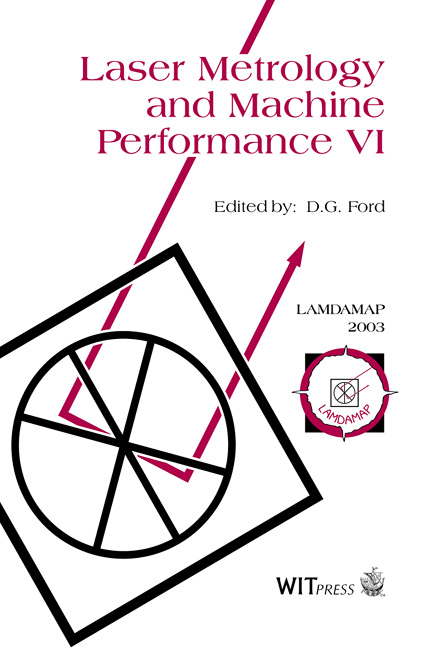Method For Establishing Machine Tool Performance Specifications From Part Tolerance Requirements
Price
Free (open access)
Transaction
Volume
44
Pages
10
Published
2003
Size
356 kb
Paper DOI
10.2495/LAMDAMAP030441
Copyright
WIT Press
Author(s)
R. Callaghan
Abstract
Design Engineers are accustomed to using tools to evaluate the effect of tolerances on their designs. Valve Designers often calculate the tolerance effects on spring rates and flow paths. Process Engineers, however, have relied on experience or an "educated guess" and trial and error, to meet the design tolerance requirements. The capability of an existing or new machine to produce a given feature to tolerance was essentially unknown. The adoption of two ASME Standards, B5.54-1992 [l] and B5.57-1998 [2], has provided the basis for new process capability tools. These standards use the "Deterministic Method" first described by Donaldson [3] and later by Bryan and Loewen [4]. Machine motions are described by the six degrees of freedom of the linear and rotary axes. The relationships of the axes are defined by the angles between the linear and
Keywords





